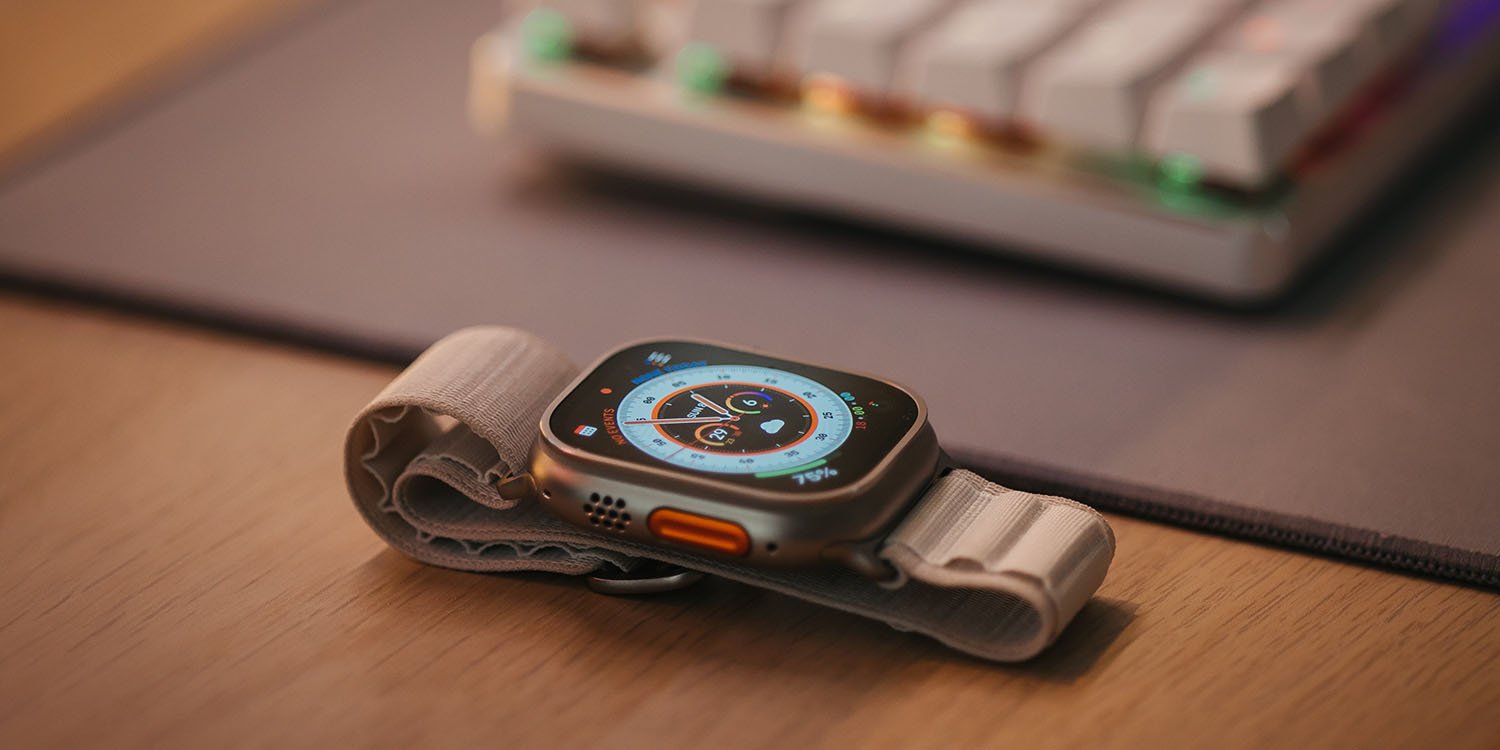Anticipated MicroLED Apple Watch Ultra Delayed Due to Supply Chain and Cost Challenges
Apple’s highly anticipated transition to microLED technology for its Apple Watch Ultra may face significant delays, with the latest reports indicating that supply chain issues and high manufacturing costs could push the release beyond the expected 2026 timeline. The move towards microLED displays is part of Apple’s broader strategy to innovate within its product lines, offering consumers enhanced brightness, color reproduction, and energy efficiency. However, these advancements come with their own set of challenges, including higher production costs and technical hurdles in mass production.
Key Highlights:
- The microLED Apple Watch Ultra is expected to have better display quality but faces delays due to high costs and supply chain issues.
- Production of a microLED display is significantly more expensive than current OLED displays, potentially leading to higher retail prices for consumers.
- Apple aims to use microLED technology across all its devices eventually, reducing reliance on suppliers like Samsung.

Supply Chain and Manufacturing Challenges
Reports from MacRumors and EconoTimes detail that the microLED version of the Apple Watch Ultra is encountering significant obstacles. High manufacturing costs and low production yields are among the primary concerns, with estimates suggesting that the cost of producing a microLED display could be substantially higher than that of current OLED displays used in Apple’s products. This could potentially make the microLED Apple Watch Ultra more expensive than Apple’s premium iPhones, raising concerns about its market viability.
The transition to microLED technology is viewed as a critical step for Apple, not just for the Apple Watch but across its entire product lineup, including iPhones, iPads, Macs, and the Vision Pro headset. Apple’s long-term goal is to reduce its dependency on external suppliers like Samsung by developing its displays in-house. However, achieving this requires overcoming the current supply chain and manufacturing challenges.
The Future of Apple’s Display Technology
The adoption of microLED technology is central to Apple’s strategy for display innovation. MicroLED offers numerous advantages over current display technologies, including improved brightness, color accuracy, and energy efficiency. These benefits make it an attractive option for enhancing the visual experience on small devices like the Apple Watch Ultra, as well as on larger screens found on iPhones, iPads, and Macs.
Despite the enthusiasm for microLED’s potential, the path to its widespread adoption is fraught with technical and economic hurdles. The high cost of production, particularly for the small, high-density displays required for devices like the Apple Watch Ultra, poses a significant barrier. With production costs potentially four times higher than those of current OLED displays, Apple faces a challenge in making the microLED Apple Watch Ultra affordable for consumers.
Conclusion
Apple’s journey towards incorporating microLED technology into its Apple Watch Ultra exemplifies the company’s commitment to innovation and quality. However, the road ahead is challenging, with supply chain issues and high manufacturing costs posing significant obstacles. As Apple continues to navigate these challenges, the tech community and consumers alike eagerly await further developments on this front, hoping for a breakthrough that could redefine the standards of display technology in wearable devices.






